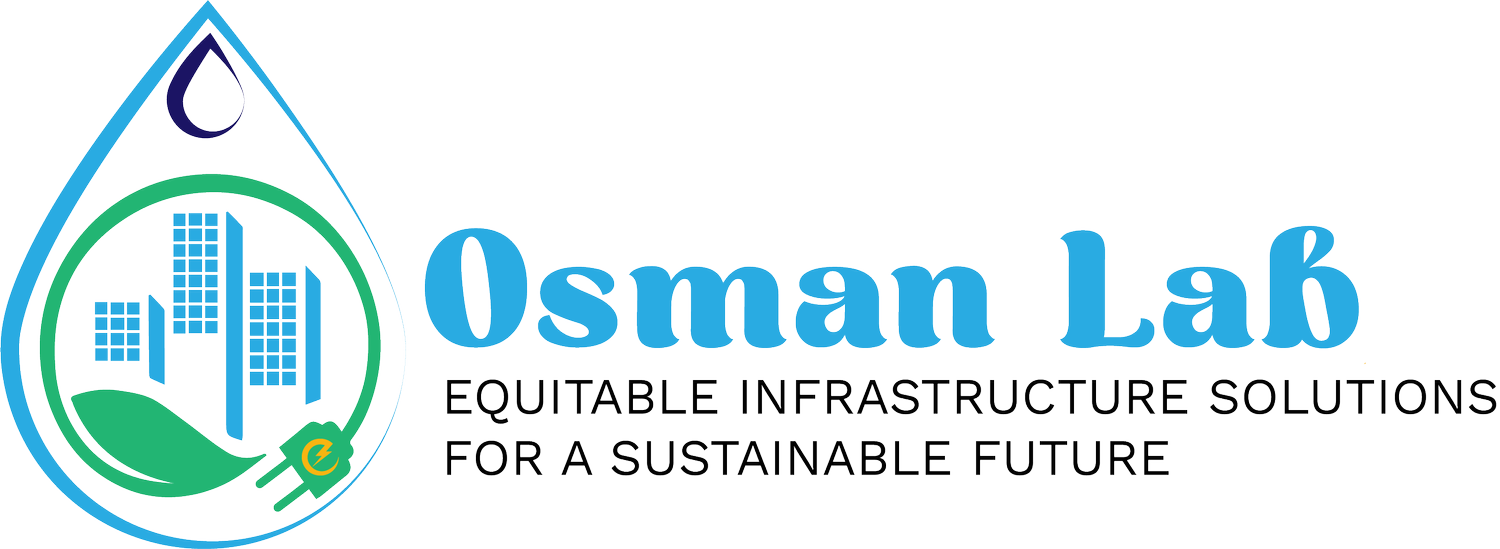Disinfection by-products
Image source: https://meanderingstreams.blog/2019/10/01/harie-japan-the-village-of-springs/
Today’s discussion revolved around the differential impacts of water treatment strategies on various populations. We started with a brief reading of Levin et al., 2024’s “US drinking water quality: exposure risk profiles for seven legacy and emerging contaminants”.
This was followed by a discussion the Japanese kabata water system, where water from a central source is piped directly into houses. Households rely on the presence of common carp in the water. These bottom-feeders consume food particles from household use, leaving the water ready for use in the neighboring paddy fields.
Our inquiry led to questions of how unconventional water practices could fit into modern lifestyles. We discussed the role of social cohesion and came to the conclusion that a lot of the success of these practices relied on individuals operating with a community mindset and with the trust that everyone around them was similarly mindful.

